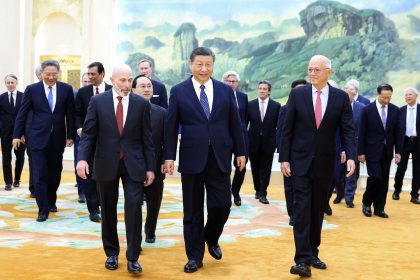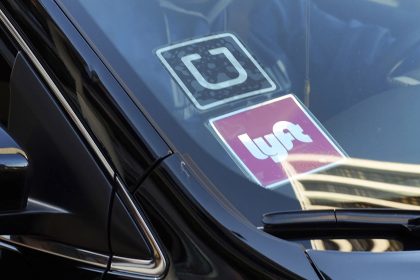How Technology Can Help Address Student Loan Debt
COMMENTARY

As the Biden administration debates how to structure broad-sweeping student loan relief, many are pointing to the rising cost of higher education as the main culprit for the student debt crisis.
According to U.S. News and World Report, in 2002 the average yearly tuition at an in-state four-year public university was $3,738. In 2022, it is $11,631. For private four-year universities, that annual average was $17,938 in 2002 and $43,775 10 years later. Since the 1960s, higher education has “inflated” some 3,009%. At this time of writing, student debt is the largest single form of personal debt, measuring $1.75 trillion collectively.
If we want to ensure the next generation is not strapped with the same kind of insurmountable debt that many are currently facing, academic institutions must reprioritize their cost of delivery and focus on their mission. They could start with shedding auxiliary services like athletics facilities that drive up the cost of education and focus on technological innovation that helps cut the cost of education while also achieving academic and long-term success.
Technological innovations in the form of online classes have already proven to help students save money. Roughly 80% of public schools and 96% of private schools have cheaper online programs than the in-person equivalent. This is particularly beneficial for many non-traditional students who choose online classes to accommodate learning alongside their busy schedules, which often include working full-time and managing child care.
The pandemic has accelerated the trend of increased online learning. The number of students studying exclusively or partially online increased 93% from 2019 to 2020. While some may assume this trend will reverse post-pandemic, many students would prefer to stick with online learning, particularly if it means taking out fewer loans. We have also proven that we can do remote and hybrid delivery.
According to a recent global student survey conducted by Chegg, “Around two-thirds (65%) of students across all the surveyed countries say they would rather their university offered the choice of more online learning if it meant paying lower tuition fees.”
If academic institutions are looking to make college more affordable, they should ensure that online education options continue to expand post-pandemic, as opposed to focusing on auxiliary services that drive up the cost of a degree.
But to help address the student loan crisis, we need a multifaceted approach because it’s not just students graduating with a high amount of debt that’s the problem. Another figure that has made headlines during the student loan debate are the millions of Americans who have student loan debt, but no degree to show for it. These students are also much more likely to default on their loans. About 45% of those who took out student loans without completing a degree defaulted on their loans at some point within 12 years, compared with 8% of graduates with at least a bachelor’s degree.
Technology provides a clear way to help students struggling to finish their degree.
For example, a pair of historically Black colleges and universities created a course-sharing initiative for students to keep them on paths to completion. This agreement worked so well, with 80% of students passing online classes, they are looking to expand the program. At Benedict College, senior students who were behind by six credit hours were given opportunities to take classes online through this partnership, and most of them were able to get back on track for graduation.
There are also online supplemental education sites like Quizlet, which provide students with step-by-step explanations for how to solve tough problems, and Khan Academy or edX, which provide free online lessons for students of every age and grade level. Rather than take the place of online courses, these resources supplement traditional education by giving students the flexibility to study or receive academic help on their own time. This flexibility is particularly critical for non-traditional students, like single parents who must juggle time constraints or those who work full- or part-time jobs while pursuing a degree. More can be done with open educational content to further make education more accessible.
The high cost of education and the resulting student loan burden are already turning off the next generation of students. Just 48% of high school teens said they were likely to pursue a four-year degree. According to this recent survey, “two-thirds of survey respondents said the tuition and student loans are important factors in their future education choices.” Sixty-four percent of high school students said making college less expensive is the “number one thing they’d want to change about higher education.” While we are at it, we should evaluate whether the traditional four-year schedule is the right model and incorporate more apprenticeships and industry-based learning.
An effective way to reduce the cost and entice students is to embrace technological innovations that make it easier for students to learn and achieve academic success. Ultimately, we must chart a path forward that genuinely considers the best interest of students’ long-term futures, and technology is key.
As Dan Rosensweig, CEO and president of Chegg puts it, “If we don’t drive the cost down, then I think we cannot succeed; the fact of the matter is, we should be making information accessible to everybody.”
Jeremy Hitchcock is currently a partner at New North Ventures and the CEO of tech startup Minim. He was previously the board chair of the Community College System of New Hampshire from 2017 to 2021. You can reach him by email here.
























